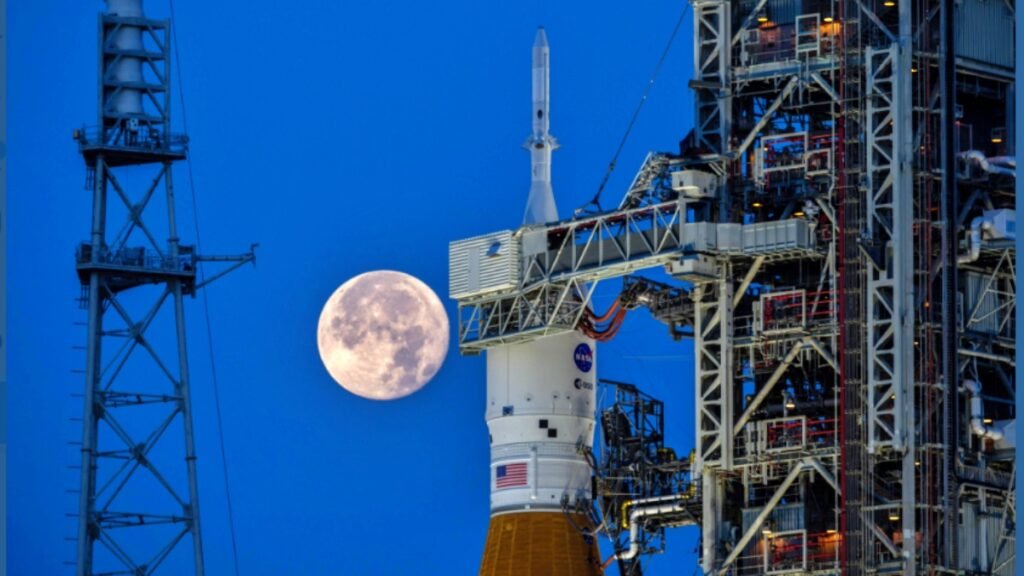
New Delhi: The Artemis 1 campaign of the US space agency NASA to send a rocket to the moon has been postponed again. For this reason, NASA’s ambitious project of sending rockets to the moon may take more time. An attempt was made to launch the Artemis rocket on Saturday but it had to be postponed due to a hydrogen fuel leak. NASA tweeted that the Artemis 1 mission to the moon has been postponed. Artemis-1 mission teams attempted to fix a leak in the rocket’s fuel transfer hardware, but were unsuccessful, forcing the mission to be postponed.
Engineers now want to test the rocket and repairs can now be done in the workshop instead of on the launch pad. This whole process can take several weeks. In such a situation, it may be possible to try the launch for the third time only by mid-October. The Space Launch System (SLS) is the most powerful rocket NASA has ever developed. It is designed to send astronauts and equipment to the moon after 50 years. To launch this rocket, three million liters of highly cooled liquid hydrogen and oxygen generated by the four large engines of the launch vehicle are required.

But, on Saturday morning, when the command was given to fill the hydrogen tank of the rocket, an alarm sounded due to leakage of fuel. The problem has been found from where the hydrogen was being filled. Efforts were also made to fix it immediately but without success. NASA had earlier tried to launch the rocket on Monday as well. But, it could not succeed even at that time because the temperature in its four engines was not found to be right. However, later analysis revealed that wrong information was being received from a sensor. All four engines were in full launch condition.
This is the first flight under NASA’s 21st Century Moon Exploration Program. According to American mythology, it is named after Artemis, the twin sister of Apollo. The Space Launch System will try to take the rocket ‘capsule’ around the Moon and after that, it will return. The ‘capsule’ will have no one on board and only three effigies will be kept for testing. If this test is successful, it will be the first ‘capsule’ to go to the Moon since NASA’s Apollo program 50 years ago.





















































